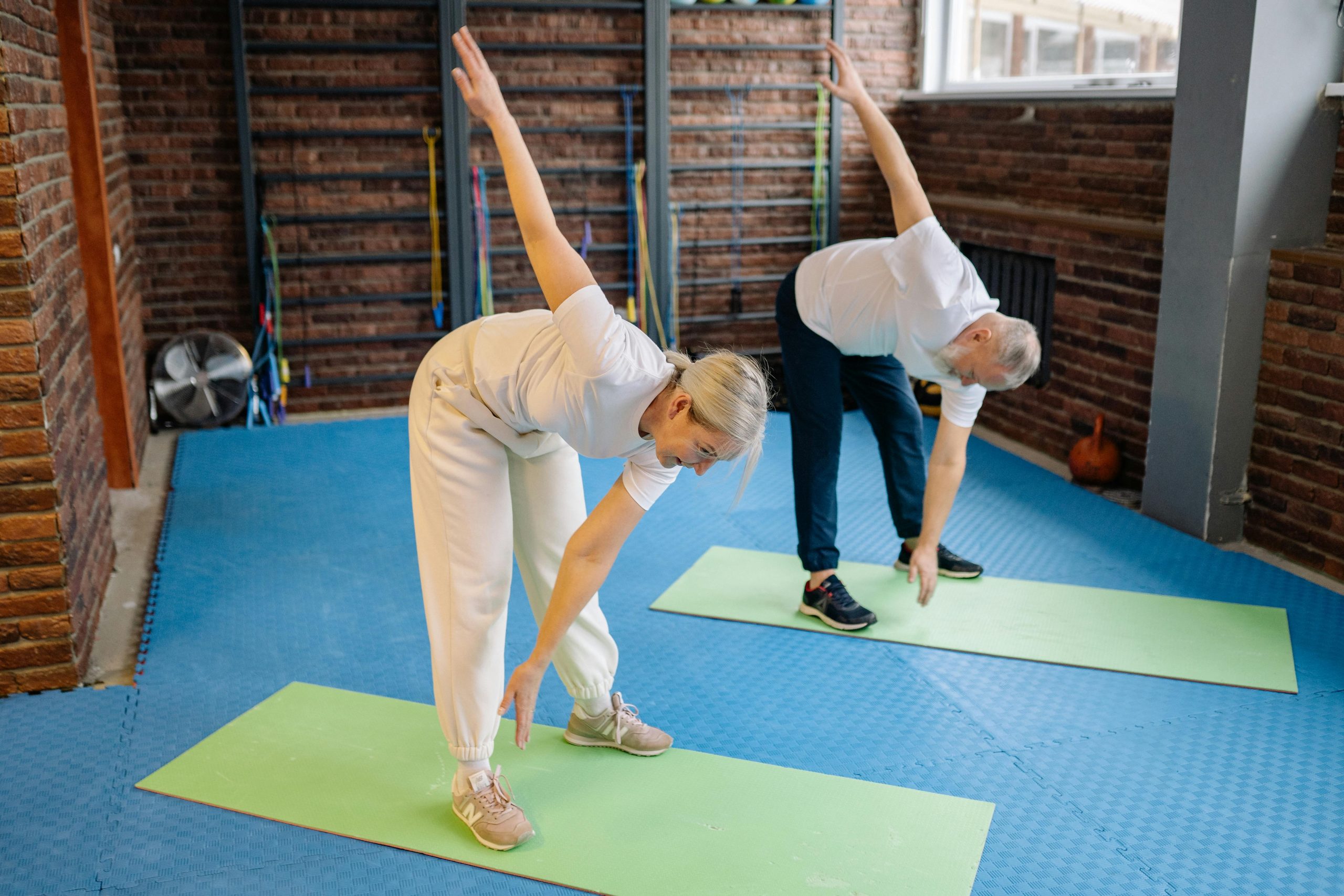It goes without saying that experiencing imbalance or dizziness can negatively impact an individual’s everyday functioning. It can even keep someone from participating in their normal routines, including leisure and meaningful activities.
Imbalance and dizziness can also lead to falls or tumbles, encouraging a sedentary lifestyle, and even isolation from preferred social gatherings and activities. Those who regularly experience these issues grow weary or afraid of what a fall could lead to.
It means that for those who want a semblance of a normal life, at least how they’re used to, the issues must be dealt with, reliably and effectively. But how?
Vestibular Therapy can help an individual overcome their dizziness and improve their balance through habituation, adaptation, and substitution techniques. Or, in the case of vertigo and imbalance caused by BPPV, relief is achieved through Canalith repositioning maneuvers. See our article on BPPV for further information on this condition.
what is adaptation?
In regards to vestibular therapy, adaptation involves exercises which help to recover an individual’s vestibular ocular reflex (VOR) and reduce oscillopsia (blurred vision with head movement). This is a fancy way of referring to exercises that help our eyes keep track of an object while our head is moving. A properly functioning VOR ensure that what we’re looking at doesn’t become blurred in our visual field under normal circumstances and our routine daily tasks. Oscillopsia is a common complaint among individuals with vestibular issues which can lead to feelings of dizziness, imbalance or unsteadiness.
What is habituation?
Habituation refers to activities which repeatedly provoke mild to moderate symptoms of dizziness to help the individual desensitize or acclimate to stimuli which provoke dizziness. This acclimation occurs over time and with a lot of repetition of symptom provocation. Therapy can help choose activities which provide a just right challenge for the client to help them overcome their dizziness.
What is substitution?
Substitution is a balance retraining method in which one of the three pillars of balance are strengthened by dimming or blocking one or both of the other two pillars during therapeutic activities. The three pillars of balance are our vestibular (balance system which resides in our inner ear), vision, and somatosensory (sense of body position and touch sensation) systems.
For example, to help someone overcome an over-reliance on vision for balance, therapy will include activities in which that person has their vision blocked. This would include having them perform balance exercises with their eyes closed or in dimly lit environments.
While performing activities without vision, our bodies have to rely more on the other two pillars (vestibular and somatosensory) which will strengthen those two pillars. By strengthening the weakened pillars, their balance begins to improve.
Combining exercises and techniques
Each of these techniques are related and interwoven together. Your therapist may have you participate in activities which include adaptation, habituation and substitution techniques all in one activity. The important part is that these techniques are provided at a high repetition and at the right intensity for which your therapist will be skilled at providing. The best part is that these techniques help to provide lasting change without the use of medications.
Vestibular therapy is a holistic form of treatment which looks at a person’s level of functioning through more than just the lens of their pathology, but also in how their pathology is impacting their participation in meaningful activities. Here at Mariposa Wellness, we have a constant goal of working with our clients to get them back to doing what is meaningful to them.
Having issues with vertigo or dizziness? Click the link below to meet with your vestibular and balance specialist.

